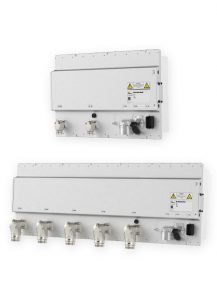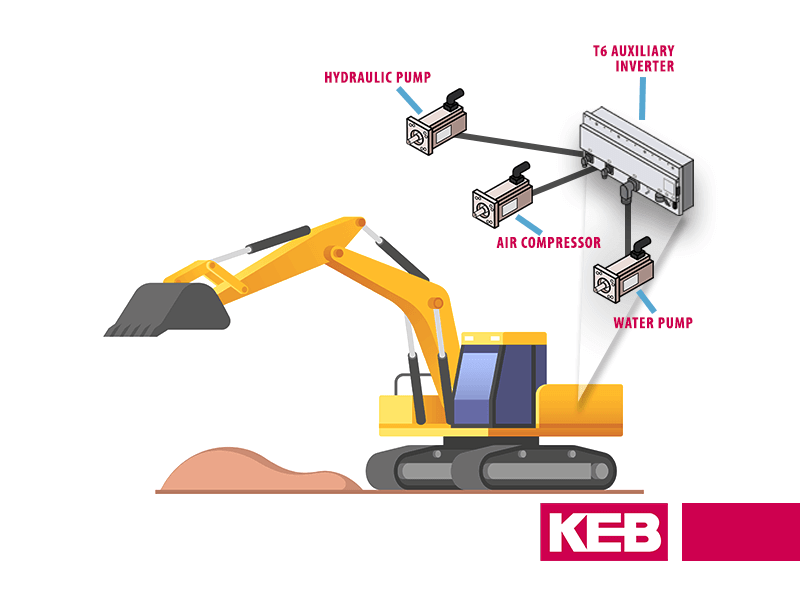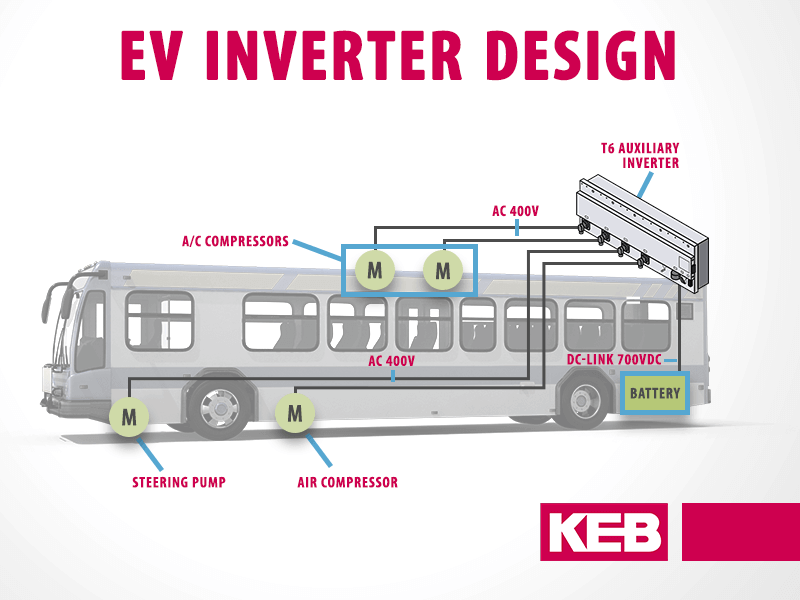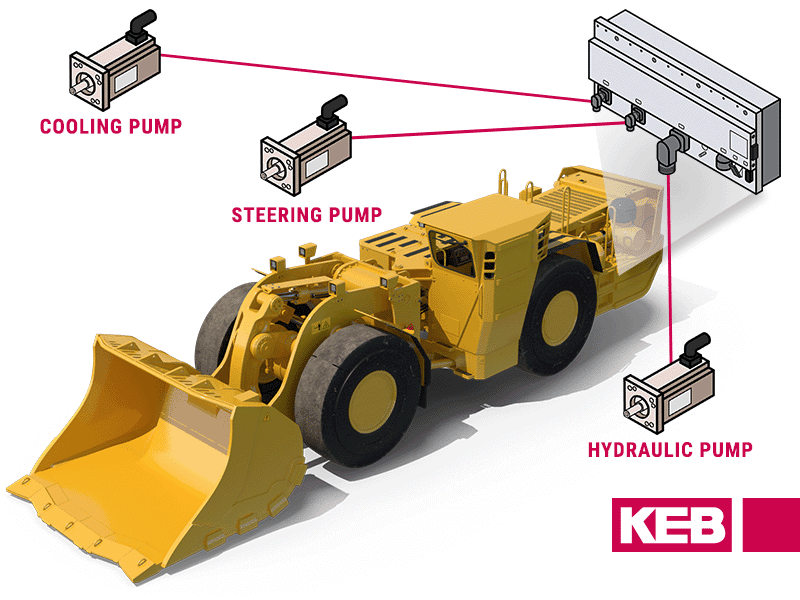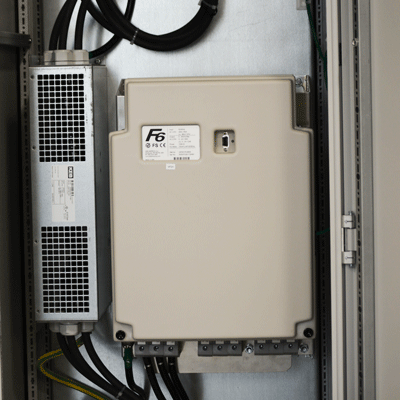The Electrification of Agricultural Equipment – Tractor and Implements
This is Part II of a two-part series exploring the electrification of agricultural equipment. Part I focuses on the electrification of auxiliaries.
The Benefits of Electrifying Implements
In Part I, we focused on the opportunities and benefits of electrifying the propulsion and auxiliaries in tractors or other agricultural equipment. In this article, we will focus on the benefits and the opportunities of electrified farming implements and attachments. Traditionally, implements have either been power take-off (PTO) implements that are mechanically coupled and powered by the engine transmission or otherwise hydraulically powered.
As with electrifying the auxiliaries, electrified farming implements reduce the load on the engine leading to reduced fuel consumption and also allows the implements to operate independent of the engine speed. Decoupling these loads from the tractor’s powertrain provides additional benefits and opportunities:
Flexible Arrangement of PTO Implements
More flexible arrangement of PTO implements which would have otherwise been determined by the location of the transmission. This may also allow for new types of equipment which may not have been previously possible due to mechanical constraints.
Localize Loads to Eliminate Intermediate Components
Opportunity to localize loads and eliminate intermediate components such as gearboxes, couplings, and shafts. An example would be a bale processor or hay grinder that has a PTO shaft to a gearbox which controls the rotating shredder; instead the shredder could be directly driven by an electric motor. This example also provides a second opportunity to replace hydraulic connections by replacing the piston lifter with an electric motor.
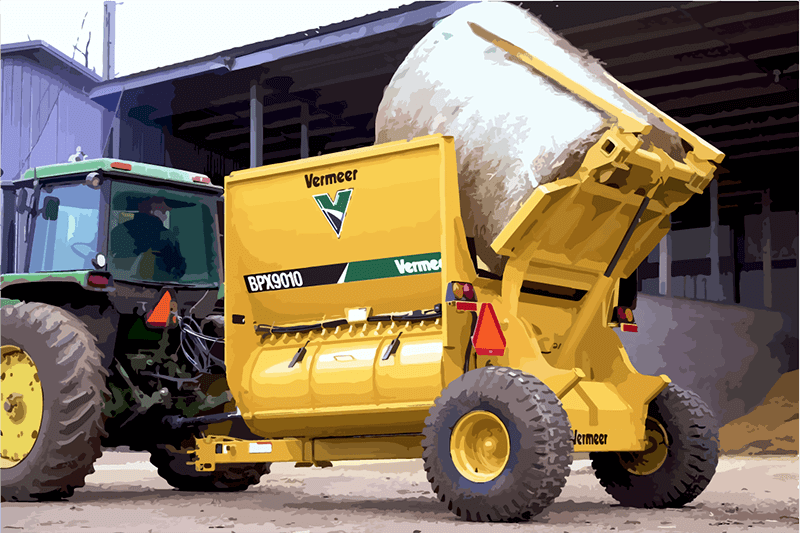
Increased Performance with Independent Controls
Increased performance and flexibility through independent controllability. Not only does this mean speed control that is independent of the engine or ground speed of the tractor, but this can also include independent speed between parts of the implement and variable speed control for each. As an example, a hay rake with a direct-drive motor for each rake that would allow front and rear motors to operate at different speeds or inside and outside motors to operate at different speeds during turns. This flexibility allows the equipment to easily adapt to different crops and landscape situations.
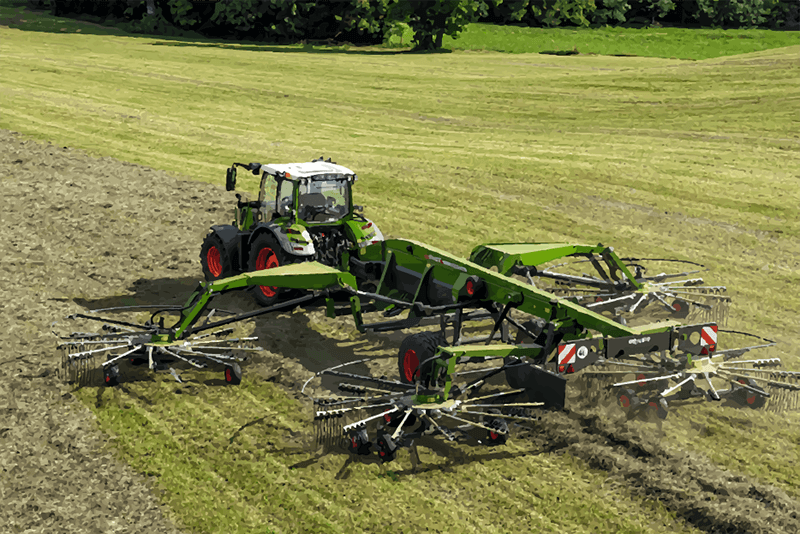
Intelligent Control
Opportunity for intelligent control allowing precision farming and implementing new processes or equipment. Advanced inverter motor controls allow for dynamic and precision control of both speed and torque. In areas of planting, fertilizer spreading, and harvesting such control can reduce waste and potentially increase yield. New motor control features such as torque sensing can also lead to new functions on equipment or enhance safety; for example, torque sensing can detect a jam on a shredder or grinder implement and automatically reverse to clear the jam and slowly ramp speed back up.
In terms of new equipment, the possibilities can change farming into a completely automated and autonomous industry; embedded controls connected via a communication network can coordinate operations between multiple systems for optimal performance. In the future, this could lead to development of new equipment such as planters that look like mobile pick-and-place robots being guided autonomously.
Auxiliary Inverter Advantages in Agricultural Equipment Applications
Due to the vast array of auxiliaries and implements that have the potential for electrification, coupled with the diverse range of agricultural equipment and applications, the T6 Auxiliary Inverter emerges as an exceptionally adaptable solution. This “all-in-one” motor control system exhibits scalability, accommodating 1 to 6 independent motor controllers. The modular power options for each output include 7.5 kW, 15 kW, or 30 kW.
This versatile system extends support to all types of AC motors, encompassing induction, permanent magnet, and switched reluctance motors. Notably, these motors can be controlled without an encoder, utilizing sensorless closed-loop motor control algorithms for both dynamic performance and optimal efficiency. Integration into vehicle control networks is streamlined through compatibility with CAN J1939 or ISOBUS communications.
The T6 Auxiliary not only demonstrates flexibility but also surpasses individual inverters in efficiency. The consolidated design minimizes size and weight, along with reducing the complexity of cabling and coolant connections, offering a more efficient and streamlined solution.
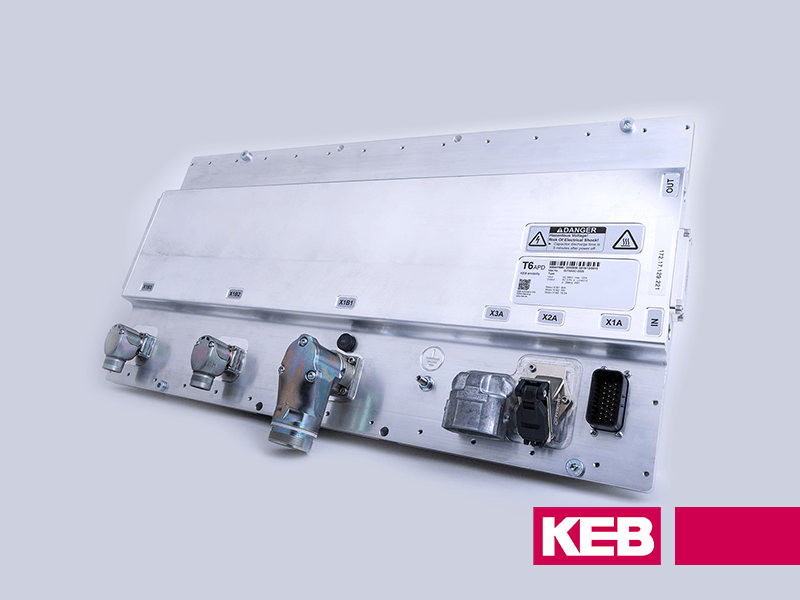
The T6 is specifically designed for commercial and off-highway vehicle applications and is made with automotive-qualified components to meet automotive EMC and environmental temperature, shock and vibration standards to withstand the rigor of commercial off-highway vehicles and equipment. The system utilizes an IP67 / IP6k9k housing with liquid cooling and integrated DC choke filters for reliability in all types of systems and environments.
In the global shift from combustion engine technology to electric solutions, agricultural equipment is poised to embrace transformative advantages. The KEB T6 Auxiliary Inverter is positioned to facilitate these benefits by electrifying auxiliaries and implements. Moreover, it offers motor control and automation solutions, paving the way for innovative possibilities in farming and precision agriculture practices.
Tony Heiser serves as the Business Development Manager at KEB America, Inc., specializing in the T6 Auxiliary Inverter designed for commercial electric vehicle applications. He holds a Bachelor of Electrical Engineering from the University of Minnesota, Minneapolis-St. Paul, and brings over 13 years of expertise in AC motor controls and Variable Frequency Drive (VFD) applications with KEB.
Let's Work Together
Connect with us today to learn more about our industrial automation solutions—and how to commission them for your application.
